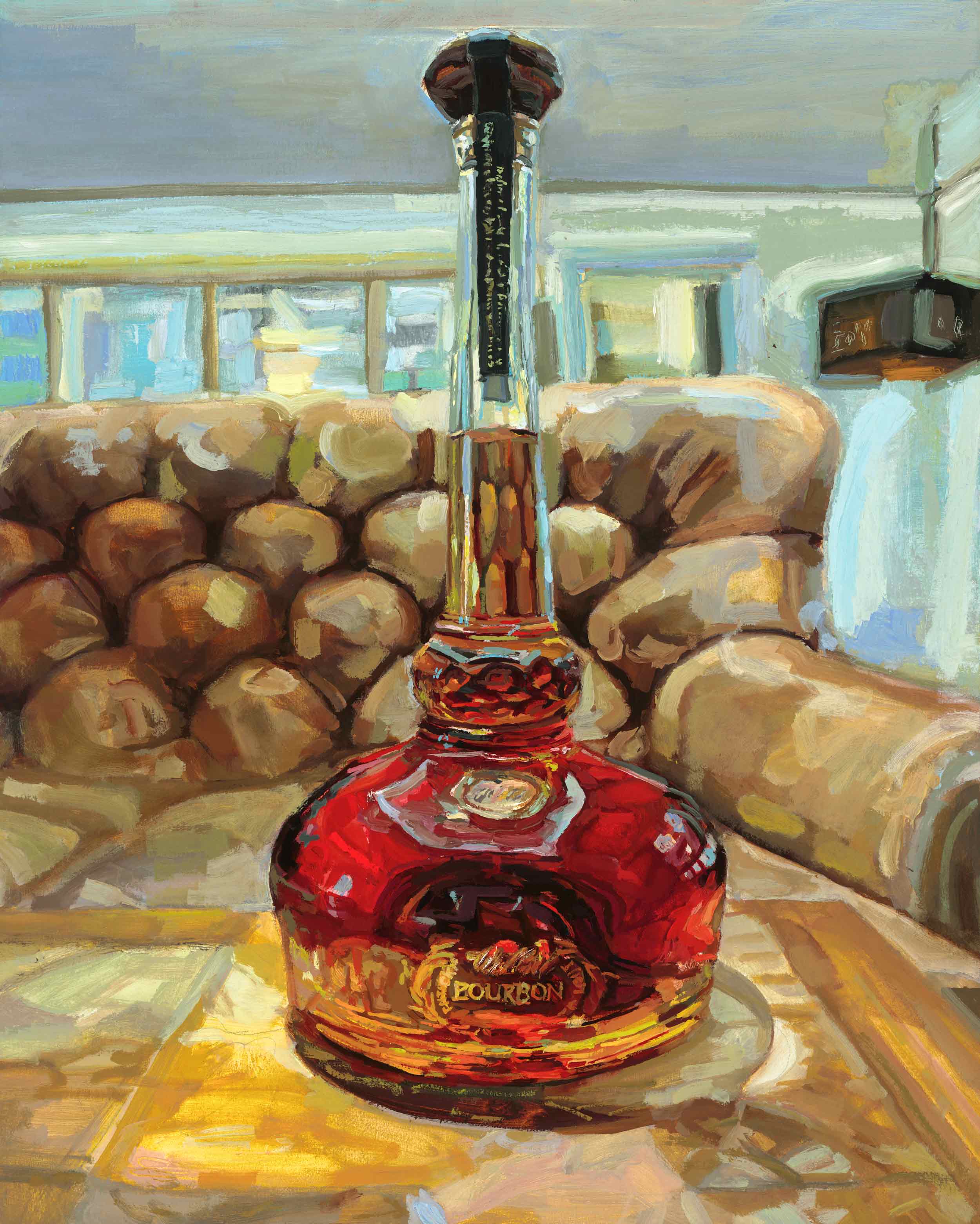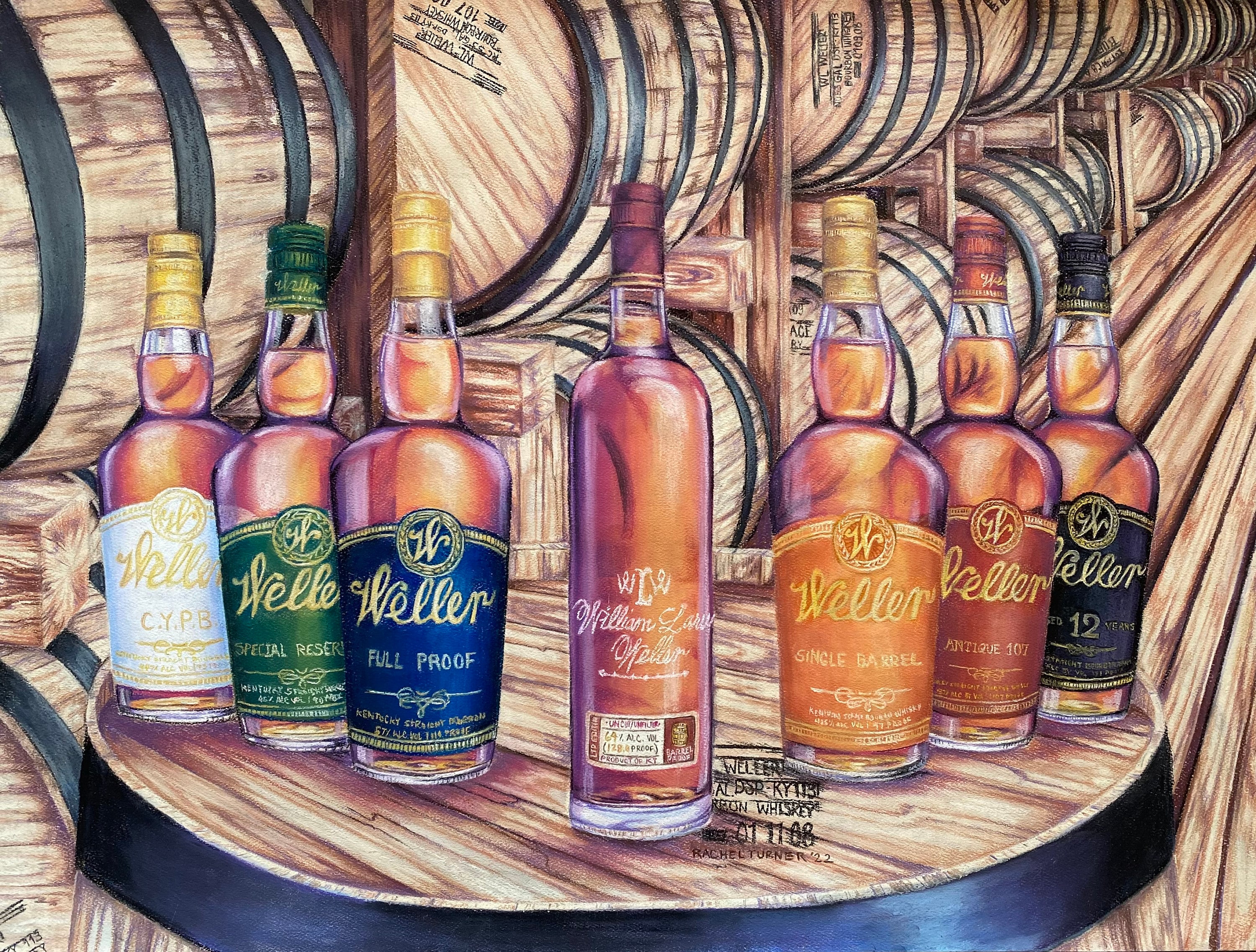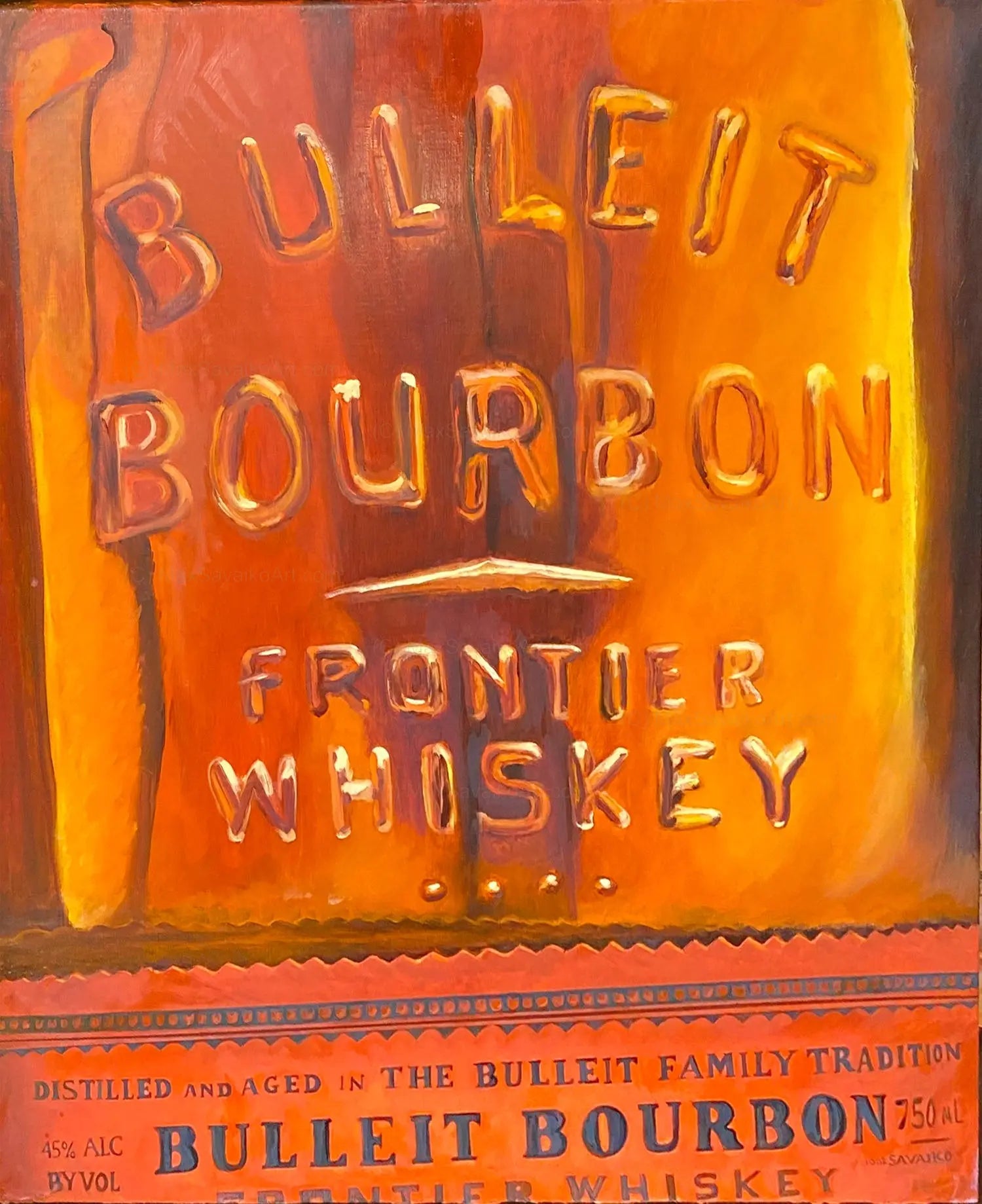Change Your Area with Stunning Whiskey Art Inspired by Nature
Change Your Area with Stunning Whiskey Art Inspired by Nature
Blog Article
The Relevance of Whiskey Art in Celebrating Heritage and Workmanship in the Beverage Industry
The complex connection between scotch art and the celebration of heritage and craftsmanship within the drink industry can not be overstated. With attentively made containers and tags, bourbon brand names envelop their historic origins and the artisanal skills that specify their manufacturing techniques.
The Historic Origins of Whiskey
At the heart of scotch's allure lies a rich tapestry of historical origins that trace back to ancient civilizations. The origins of bourbon can be connected to the purification techniques of the Sumerians and Babylonians around 2000 BCE, where early forms of fermented grain drinks started to emerge. Nevertheless, it was in the Center Ages that the art of purification developed considerably, specifically in Ireland and Scotland, causing the production of scotch as we understand it today.
The term "bourbon" itself derives from the Gaelic word "uisce beatha," meaning "water of life." This phrase emphasizes the social value of whiskey in Celtic societies, where it was usually connected with routines, parties, and common bonding. By the 15th century, purification became an identified craft within reclusive areas, leading the way for the facility of legal distilleries.
As trade paths expanded, bourbon's popularity grew, going beyond local borders and capturing the interest of lovers worldwide. Realism Art. This historical journey reflects not only the craftsmanship behind bourbon production yet likewise its integral role in cultural and social contexts, noting it as a substantial drink throughout background
Artistic Expression in Branding
Bourbon branding stands as an engaging crossway of creativity and business, where visual identity plays an essential role fit customer understanding. The looks of whiskey tags, packaging, and advertising and marketing products show not just the brand name's story however also its core values and heritage. Through creative expression, distilleries convey a story that resonates with consumers, evoking feelings and triggering links.
Making use of color, typography, and images in branding serves to separate products in a saturated market. Conventional concepts may stimulate a sense of credibility and workmanship, while modern layouts can signify technology and forward-thinking. This calculated imaginative instructions improves brand name acknowledgment and loyalty, enabling consumers to create a personal relationship with the scotch they choose.
In addition, artistic expression in branding often acts as a celebration of regional heritage. Distilleries often incorporate regional icons or historical referrals right into their layouts, creating a local color that invites customers to participate in a more comprehensive cultural experience. Eventually, the artistry behind scotch branding not only improves aesthetic appeal but additionally improves the total story of the brand, cultivating a deeper gratitude for the craftsmanship and heritage embedded in each bottle.
Craftsmanship in Container Style
The artistry apparent in scotch branding expands beyond aesthetic identity to incorporate the workmanship associated with bottle layout. Each bottle works as a vessel not just for the spirit within, but likewise for the story it outlines its origin, quality, and practice. The layout process requires precise attention to detail, as elements such as closure, material, and form add dramatically to the general perception of the scotch.
Craftsmanship in container style includes selecting high-quality glass that can improve the whiskey's shade and quality, while also giving a responsive experience for the consumer. The shape of the container must be both cosmetically attractive and functional, frequently reflecting the heritage of the brand. Several distilleries choose for unique forms or printed logos that evoke a feeling of authenticity and history.
Furthermore, the tag style and typography play a critical role in interacting the brand's narrative. Limited Edition. A well-crafted bottle not just astounds the customer's eye yet likewise reinforces the brand's commitment to quality and practice. In this way, the craftsmanship of bottle design becomes an essential aspect of the scotch experience, combining creativity with a profound respect for heritage
Cultural Significance of Bourbon Art
Commemorating custom and craftsmanship, the social importance of bourbon art transcends mere visual appeals, linking with the historic and click to investigate social narratives of the areas where it stems. Each container offers as a canvas, showing the unique tales, folklore, and practices that have actually shaped regional whiskey-making techniques. The detailed layouts often mirror the heritage of the distillers, integrating symbols and motifs that reverberate with the culture and worths of their areas.

In enhancement, scotch art plays a crucial duty in public events and events, acting as a substantial web link in between people and their shared experiences. By appreciating the virtuosity in whiskey packaging, customers cultivate a deeper understanding and respect for the craft, inevitably enriching their pleasure of the drink itself.
Modern Trends in Whiskey Discussion
In the last few years, the discussion of scotch has developed to reflect modern preferences and patterns while still recognizing conventional workmanship - Realism Art. Distilleries are progressively focusing on aesthetic components that enhance the overall drinking experience, bridging the void in between heritage and modernity
Cutting-edge bottle styles have emerged, frequently integrating sustainable products and artistic labels that tell engaging tales. Numerous brand names currently work together with regional artists, instilling their products with special aesthetic expressions that resonate with customers. Furthermore, limited-edition launches are commonly packaged in collectible containers, including value and appeal for lovers.

Verdict
To conclude, whiskey art works as a crucial channel for revealing the heritage and craftsmanship integral in the beverage market. Through detailed branding, innovative container designs, and culturally significant imaginative aspects, whiskey brand names efficiently recognize their customs and get in touch read this post here with customers. This imaginative narrative not just elevates the appreciation of whiskey however additionally enhances area identification and satisfaction among manufacturers. Inevitably, scotch art plays a vital duty in preserving and celebrating the rich cultural tapestry of whiskey-making.


Workmanship in bottle style includes selecting premium glass that can enhance the bourbon's color and clarity, while also giving a tactile experience for the consumer. In this method, the craftsmanship of bottle design becomes a vital element of the bourbon experience, combining creativity with an extensive respect for heritage.
In conclusion, whiskey art serves as an essential conduit for sharing the heritage and craftsmanship integral in the drink industry.
Report this page